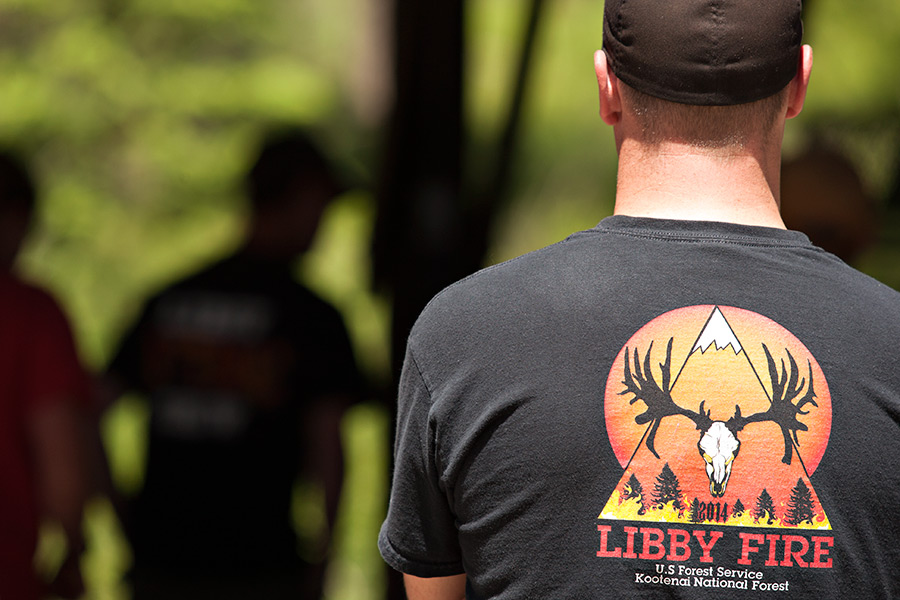EPA, USFS Create Virtual Model of Asbestos Mine Wildfire
Local and federal agencies study what would happen should a wildfire spark at old W.R. Grace & Company site
By Justin Franz
An incident management team has arrived in Libby to work a wildfire at the shuttered W.R. Grace & Co vermiculite mine.
But this wildfire isn’t spewing ash and smoke into the sky above Lincoln County. It’s all being created on a computer simulation to help fire managers determine what would happen if a fire started in the 35,000-acre area north of Libby known as Operable Unit 3.
Local officials have long worried about a wildfire in the heavily contaminated forest around the old vermiculite mine, specifically about what type of contaminants would be released into the air in the event of a large fire.
In the years after the mine closed, the local community learned the asbestos produced by W.R. Grace caused cancer and other health issues. More than 2,000 current or former residents have been diagnosed with asbestos-related diseases and at least 400 have died in the last decade. Libby was declared an Environmental Protection Agency Superfund in 2002.
While the cleanup in Libby and Troy winds down, the work is just beginning at the old mine site. The project manager for OU3, Christina Progress, said the EPA is in the final stages of the remedial investigation and are now moving into the cleanup feasibility stage. As part of that effort, the EPA and the U.S. Forest Service (which owns much of the land in OU3) brought in an incident management team to create a wildfire simulation.
“Because of the level of asbestos found at the mine site, we’re very concerned about that material spreading should a fire ever start there,” she said. “This will help (firefighters) understand where fire would spread on the landscape so that we can do some fuel reduction in the OU3.”
Progress said fire managers look at a variety of data points to create the model, including terrain and weather patterns. The incident management team started working on the project on Jan. 21 and expect to wrap it up sometime this week.
USFS expects the simulation to cost more than $50,000 and is being funded with grants from the EPA and the Lincoln County Asbestos Resource Program.
Asbestos Program Manager Nick Raines said should a fire ever start in OU3, the EPA and county are prepared to deploy air-quality monitors throughout the area to ensure the safety of the public. He said these simulations will go a long way toward helping firefighters working at OU3. Because of the possible dangers of battling fire at the mine site, the USFS has established a specially trained team of firefighters on the Kootenai National Forest.